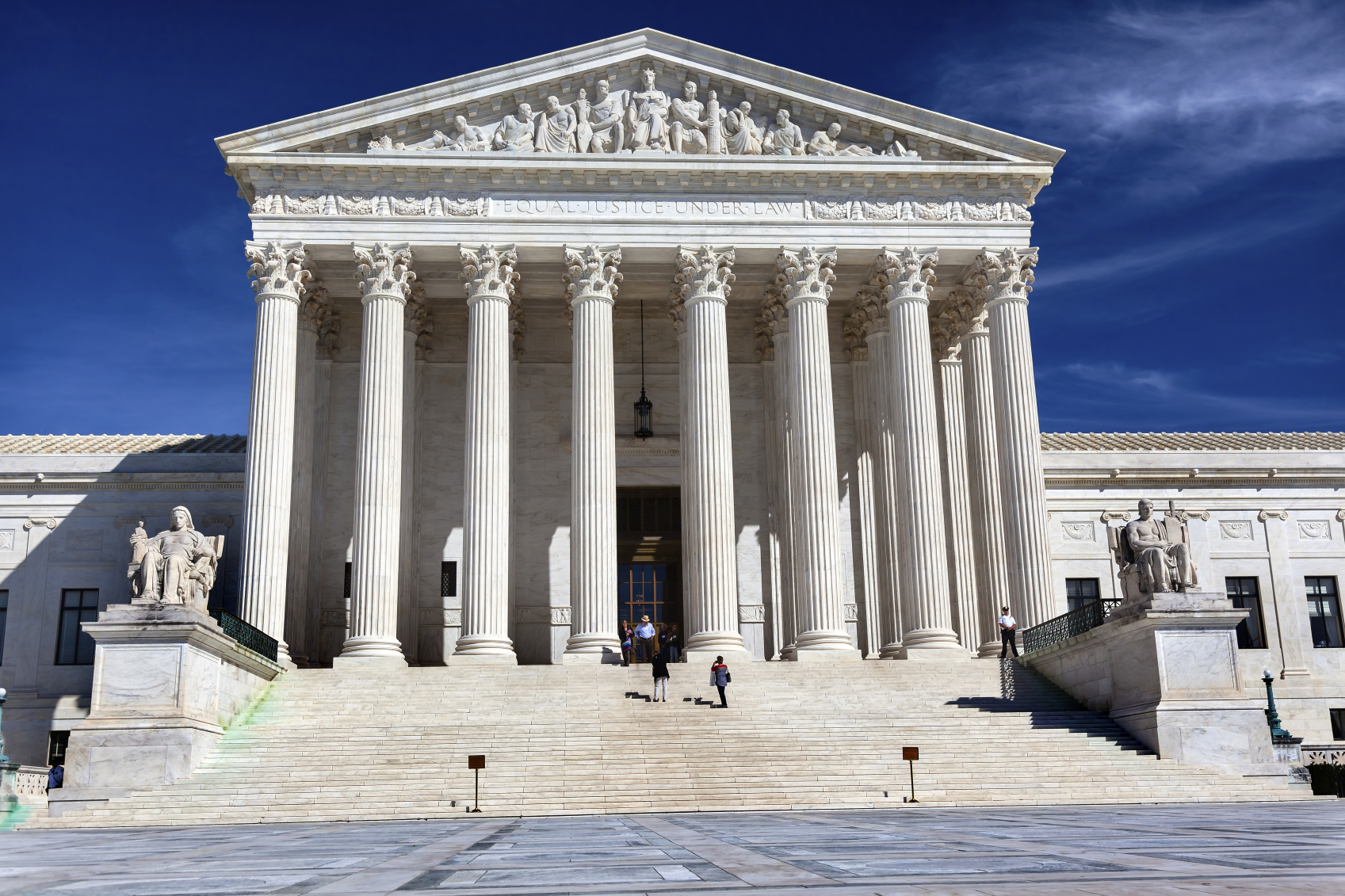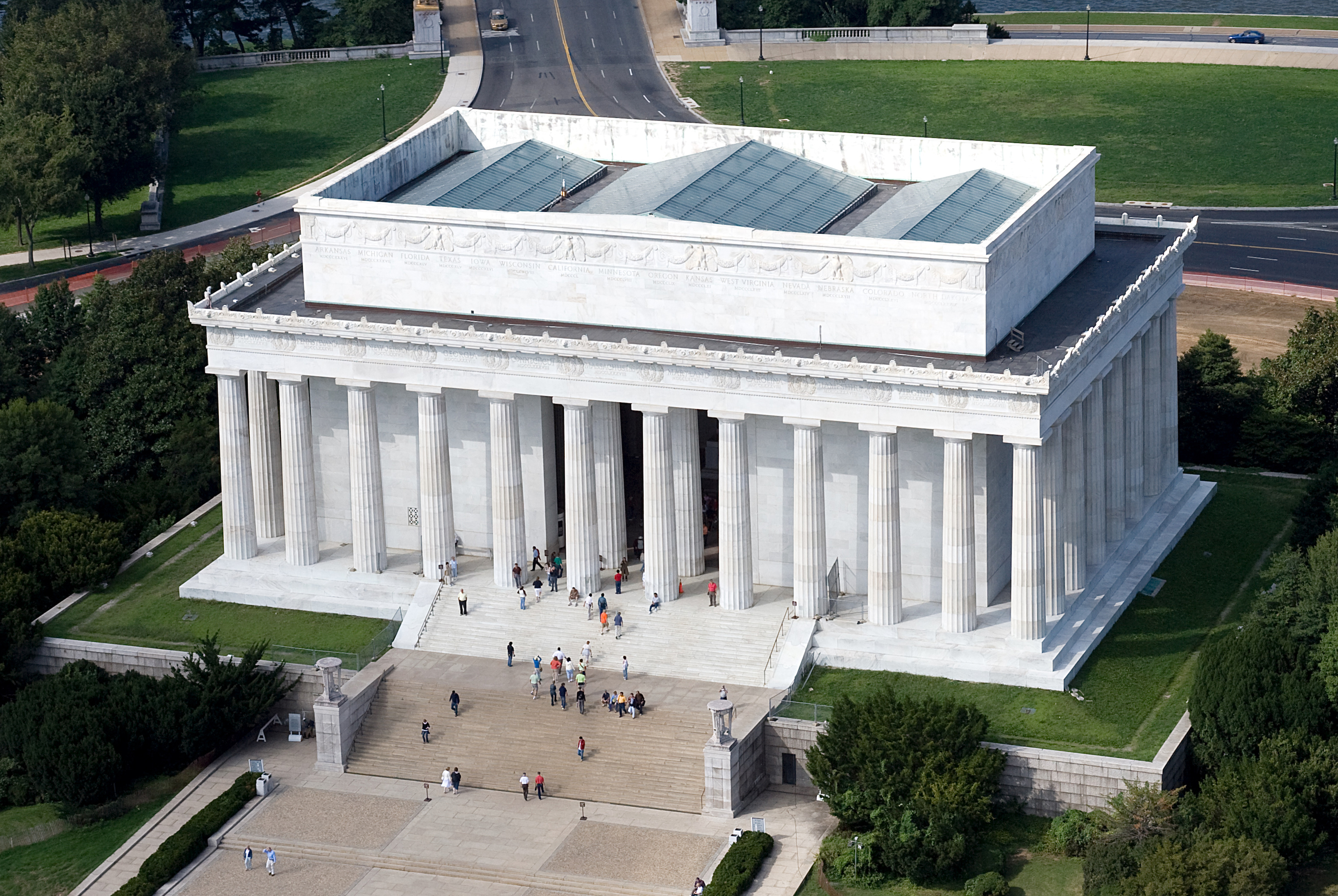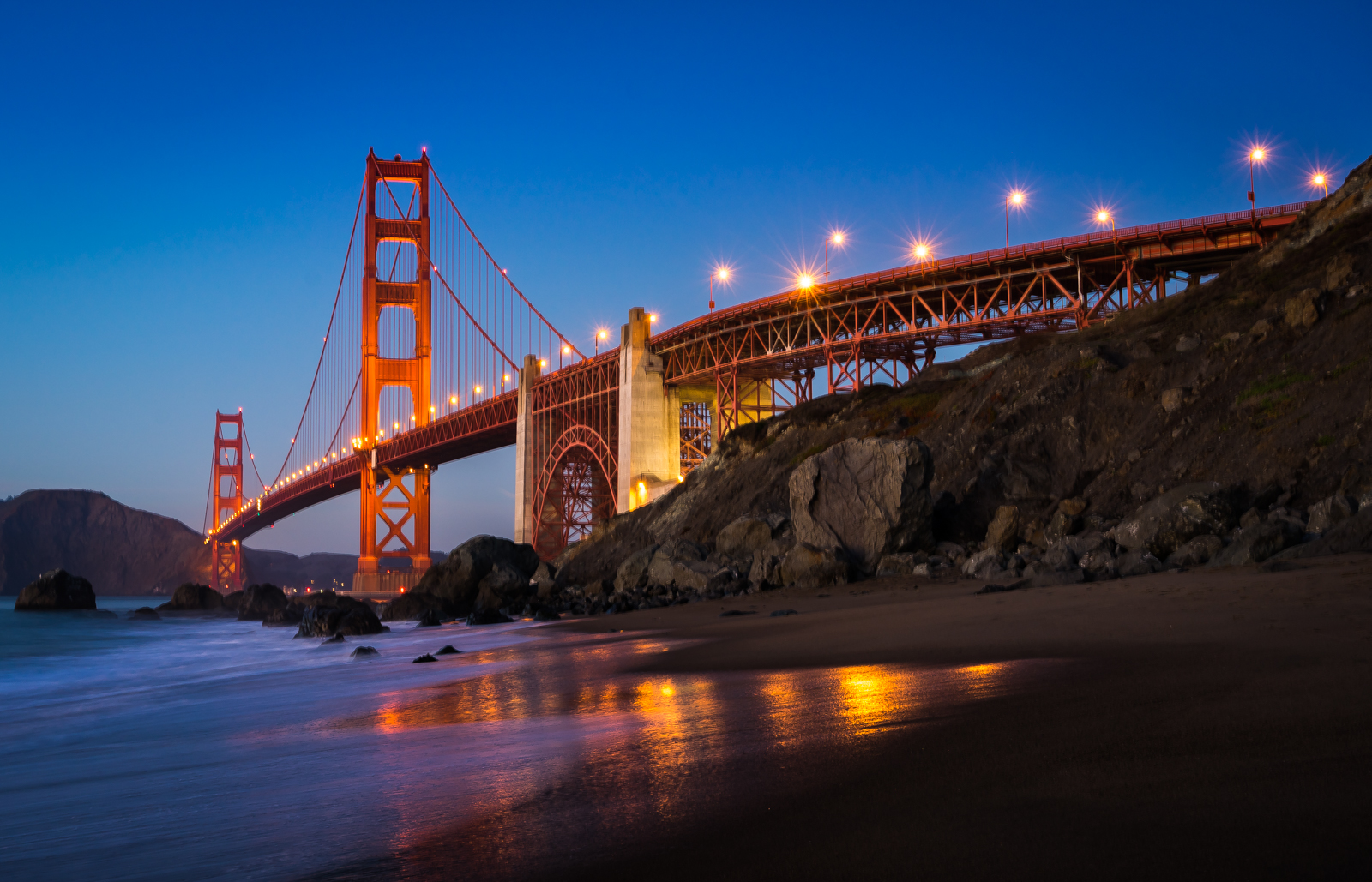Three of the top choices do not exist anymore: #143 Pennsylvania Station, the first Yankee Stadium of 1923 at #84 and the World Trade Center at #19. Among the modelers showing up are Frank Lloyd Wright with 7 works; Eero Saarinen with 3 and one Thomas Jefferson with 2.
Biltmore Estate – Asheville, NC
The British essayist and with Oscar Wilde once said that “Control is a deadly thing. Nothing succeeds like overabundance.” He may have had George W. Vanderbilt, one individual from the wealthiest and powerful American families ever, who contemporary relatives incorporate CNN stay Anderson Cooper. George W. experienced passionate feelings for the Blue Ridge Mountains and purchased 125,000 sections of land of it to manufacture his late spring bequest. Just the best for a Vanderbilt, he contracted Frederick Law Olmsted, the planner and designer in-head of Central Park. The French Renaissance ‘summer home’ has a copper rooftop monogrammed with the proprietor’s initials. Simply the inside floor covers 4 sections of land. There are 34 rooms, 65 chimney and when indoor pipes was uncommon, 43 bathrooms. In spite of its overabundance it is an excellent bit of work, expected to equal the old domain houses of Europe. The biggest private home in America is a Historic Site and open to the general population for visits.
Lincoln Memorial – Washington, DC
It is in no way, shape or form a late Italian Renaissance piece or the ages however the Lincoln Memorial is a captivating and convincing structure. Its fabulous outside is a staggering Greek sanctuary with 36 tough Doric sections, one for every state in the Union in 1865. The desire that something of this exemplary size would be a dedication or tomb of an extraordinary champion or god even. What’s more, there is inside a model of the Great Emancipator himself yet in the event that you didn’t know his history you’d think about whether he won or lost the fight. The colossal American stone worker Daniel Chester French presents not a triumphant demi-God but rather a man, situated crumpled and drained as well as so tired from having seen an excessive amount of pain. This was halfway stylish virtuoso somewhat insightful governmental issues. Development of the Monument started in 1914, under 50 years after the Civil War finished and any celebratory build would have been profoundly hostile toward the South. The Southern Wall contains an exquisite version of the Gettysburg Address while the north divider holds his second Inaugural Address which closes with the popular words… “With malevolence toward none, with philanthropy for all, with solidness justified as God offers us to see the right, let us endeavor on to complete the work we are in, to tie up the country’s injuries… to do all which may accomplish and appreciate an equitable and enduring peace among ourselves and with all countries.”
U.S. Capitol – Washington, DC
The U.S. Legislative hall’s outline was chosen President Washington in 1793. Development rapidly started however they needed to begin once again after the British blazed it in the War of 1812. Like such a variety of structures in DC, it is exemplary Greek and Roman, the neoclassical style supported by Thomas Jefferson as befitting a cutting edge realm. Truth be told he needed the Capitol to be designed after the Roman Pantheon. It has what may be called a scary appeal of forcing size, imagery and history. Extended ordinarily to its present 4 sections of land and 600 rooms, its most celebrated expansion was the solid metal arch in 1858 weighing very nearly 9,000,000 pounds. Inside are obviously the assemblies of the House of Representatives and the Senate, the home of the Legislative Branch of the U.S. Government. Lesser known is the amazing gathering of craftsmanship aggregated and gave throughout the years. The Hall of Statuary is amazing similar to the fresco in the Rotunda painted by Italian Constatino Brumidi in the Di sotto in sù (seen from underneath) style delineating the Apotheosis of Washington entering paradise with an escort of Roman divine beings speaking to among others War, Science and Agriculture.
Golden Gate Bridge – San Francisco, CA
The U.S. Legislative hall’s outline was chosen President Washington in 1793. Development rapidly started however they needed to begin once again after the British blazed it in the War of 1812. Like such a variety of structures in DC, it is exemplary Greek and Roman, the neoclassical style supported by Thomas Jefferson as befitting a cutting edge realm. Truth be told he needed the Capitol to be designed after the Roman Pantheon. It has what may be called a scary appeal of forcing size, imagery and history. Extended ordinarily to its present 4 sections of land and 600 rooms, its most celebrated expansion was the solid metal arch in 1858 weighing very nearly 9,000,000 pounds. Inside are obviously the assemblies of the House of Representatives and the Senate, the home of the Legislative Branch of the U.S. Government. Lesser known is the amazing gathering of craftsmanship aggregated and gave throughout the years. The Hall of Statuary is amazing similar to the fresco in the Rotunda painted by Italian Constatino Brumidi in the Di sotto in sù (seen from underneath) style delineating the Apotheosis of Washington entering paradise with an escort of Roman divine beings speaking to among others War, Science and Agriculture.





What do you think?